
As more and more people begin to populate our towns and cities, more and more dog owners are choosing miniature and toy breeds as their canine companions. Their small stature makes them excellent apartment dogs, easy travel buddies, and a great alternative for senior owners who can’t manage larger breeds. Smaller dogs also come with smaller poops to pick up, smaller food bills to pay, and smaller piles of fur to vacuum off the carpet. However, what toy breeds lack in size, they make up for in personality. It would be a huge mistake to get a toy dog breed and think it requires little work. Toy breed dogs still come with all the basic needs of larger dogs, and also some special needs that many owners are not aware of.
A common mistake made by toy breed owners is failing to train their pocket-sized pups appropriately. After all, it’s easy to let obedience issues slide when your puppy weighs all of five pounds. But no matter what size your dog grows to be, basic obedience and socialization is essential. Toy breed dogs are naturally more inclined to bite in self-defense; this defense might be from another dog, a veterinarian trying to take its temperature, or even a child who is just trying to play. For these reasons, socializing your toy breed puppy with other dogs and people or all ages, genders, and sizes is absolutely critical.
House-breaking your puppy from a young age is also important. While your tiny puppy’s poops might not bother you so much, it won’t be cute for very long. Smaller dogs can be more difficult to housebreak than larger dogs. Dogs will generally avoid defecating where they sleep, and a larger dog might consider the whole living room as its den. Toy breed dogs however, can happily poop in one corner of their crate and sleep in another. It is up to you the owner, to make sure that you get your puppy on a regular eating schedule that allows you to predict poops before they happen, and get your puppy outside before it’s too late.
Another somewhat surprising fact about miniature breeds is that they are not recommended for miniature owners—children that is. While you might think that a small dog makes the perfect pet for a small child, the opposite is often the case. In addition to their low bite threshold, toy breed dogs are extremely fragile, and can easily become injured by the rough and tumble play that children tend to enjoy. Older children or mature owners are usually the best equipped to deal with the needs of toy breeds.
While it is usually not difficult to meet the exercise requirements of miniature dogs, it is important that this requirement is not overlooked entirely. There is no question that these dogs make excellent apartment pets, but most still require at least one good walk a day to burn off energy. Some smaller dogs have high energy levels and will resort to undesirable behaviours when cooped up for hours on end. How much exercise your small dog will need will vary. No two toy breeds, and no two toy breed dogs are exactly alike.
For all of these reasons it is extremely important to do your research before jumping into all the responsibilities of toy breed dog ownership. Far too often, owners make these decisions too lightly, and are not ready to make the 15-18 year commitment necessary for some of these dogs. Talk to your veterinarian, local breeders, and fellow dog-owners to help you decide which, if any, toy breed will suit your family.
 A Dog Breed for Every Occasion
A Dog Breed for Every Occasion
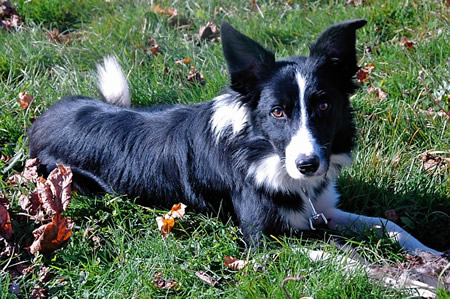 Interview With A Border Collie Rescuer
Interview With A Border Collie Rescuer
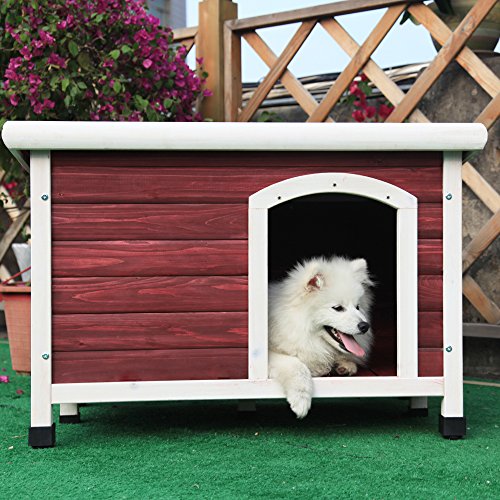 Cute Dog Houses
Cute Dog Houses
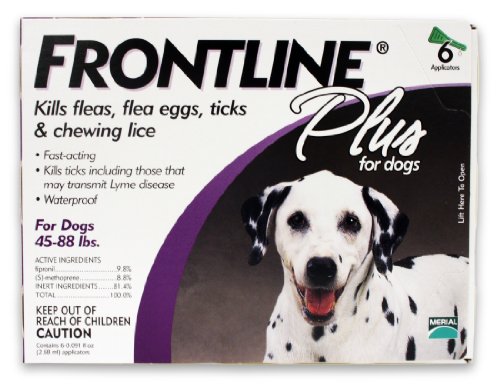 Important Tips on Choosing and Caring for Our Dogs and Best Friends
Important Tips on Choosing and Caring for Our Dogs and Best Friends
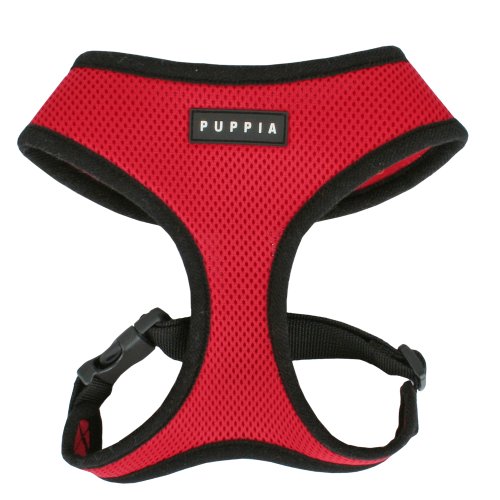 Be Prepared Before Taking Your Dog on Your Next Holiday Road Trip
Be Prepared Before Taking Your Dog on Your Next Holiday Road Trip
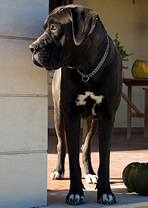 Cane Corso Breeder Interview Breeder Interview: Virginia Dunn Discusses The Great Italian Mastiff
Cane Corso Breeder Interview Breeder Interview: Virginia Dunn Discusses The Great Italian Mastiff
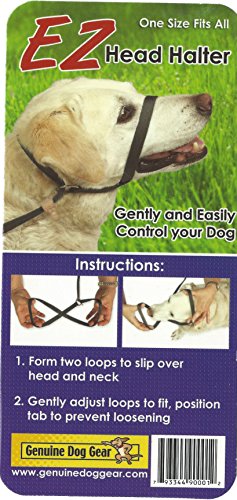 Are Gentle Leaders Really Gentle?
A decade or so ago a new typ
Are Gentle Leaders Really Gentle?
A decade or so ago a new typ
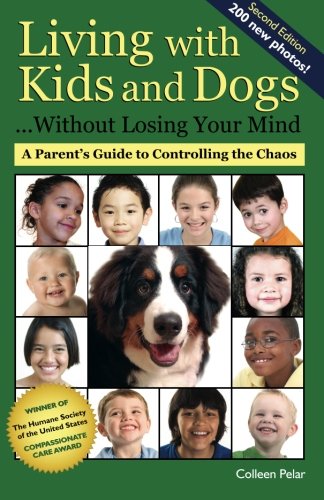 Our Thoughts On Neutering
My Two Pugs
Credit: Personal Photogra
Our Thoughts On Neutering
My Two Pugs
Credit: Personal Photogra
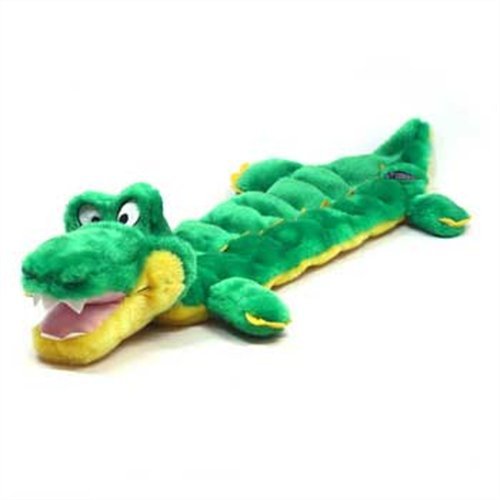 The Benefits of Giving Your Dog Chew Toys and Treats
Credit: Peter Griffin
The Benefits of Giving Your Dog Chew Toys and Treats
Credit: Peter Griffin
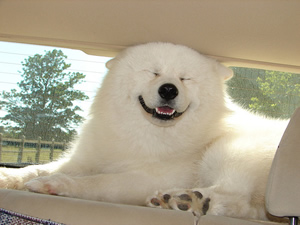 Adventures with Your Dog: 23 Ways To Spend Quality Time With Your Pooch!
23 Great Adventures With Your Dog
Its important to spend
Adventures with Your Dog: 23 Ways To Spend Quality Time With Your Pooch!
23 Great Adventures With Your Dog
Its important to spend
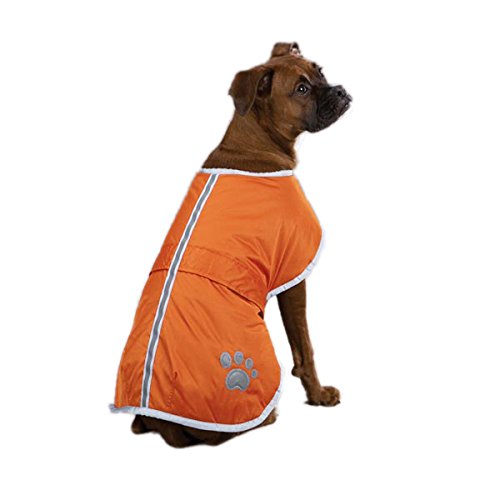 Dog Coats for Winter
Our dogs are part of our fam
Dog Coats for Winter
Our dogs are part of our fam
Copyright © 2005-2016 Pet Information All Rights Reserved
Contact us: www162date@outlook.com